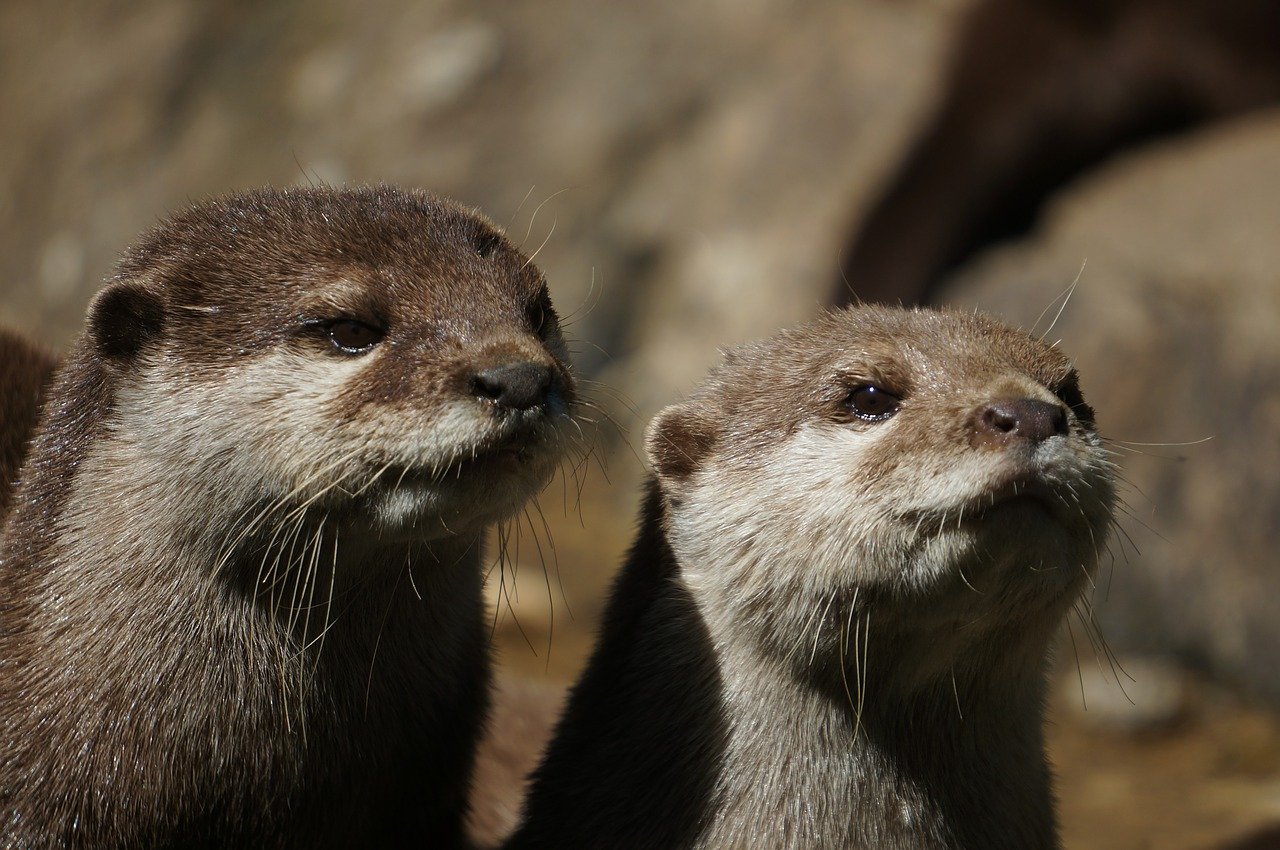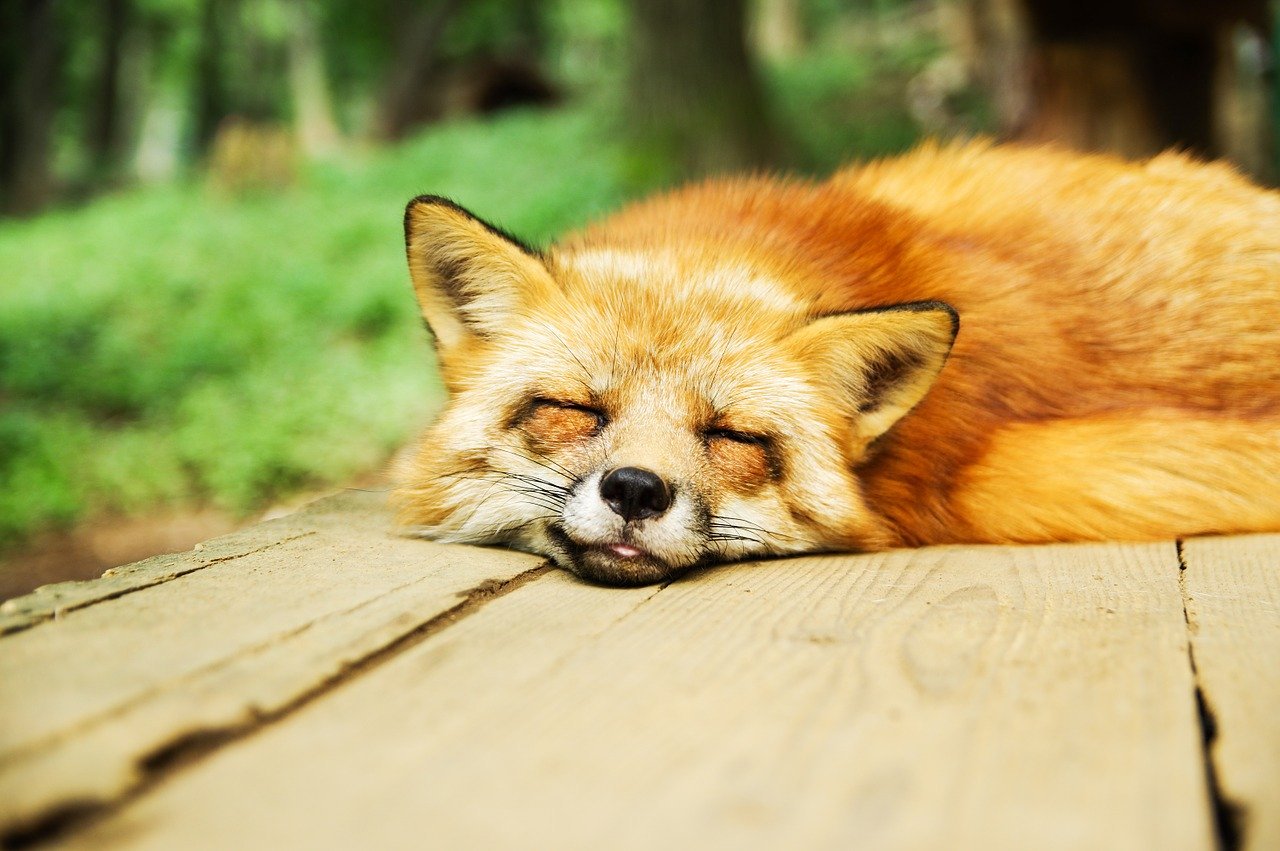FUR HARMS EVERYONE
There is nothing “natural” about clothing made from animals’ skin or fur. In addition to causing the suffering and deaths of millions of animals each year, the production of wool, fur, and leather contributes to climate change, land devastation, pollution, and water contamination.
How Fur Production Harms the Environment
Eighty-five percent of the fur industry’s skins come from animals on fur factory farms. These farms can house thousands of animals, and as with other factory farms, they are designed to maximize profits—with little regard for the environment or animals’ well-being.
Each mink skinned by fur farmers produces about 40 pounds of feces in his or her lifetime. That adds up to millions of pounds of feces produced annually by U.S. mink farms alone. When a Washington state mink farm was charged with polluting a nearby creek, the fecal coliform levels measured in the water were as much as 240 times in excess of the legal limit. Over the span of five years, studies of lakes and rivers in Nova Scotia found “degradation in water quality to be primarily a result of high phosphorus inputs resulting from releases emanating from mink farming operations.” According to the World Bank, the hazardous process of fur dressing is so problematic that it is now ranked as one of the world’s five worst industries for toxic-metal pollution.” Raising animals for their fur also pollutes the air. In Denmark, where more than 19 million minks are killed for their fur each year, more than 8,000 pounds of ammonia is released into the atmosphere annually.
Why Finished Fur Is Anything but ‘Natural’
Fur is only “natural” when it’s on the animal born with it. Once an animal has been slaughtered and skinned, his or her fur is treated with a soup of toxic chemicals to “convert the putrefactive raw skin into a durable material” (i.e., to keep it from rotting in the buyer’s closet). Various salts—along with ammonia, formaldehyde, hydrogen peroxide, and other chromates and bleaching agents—are used to preserve and dye fur. Much of the world’s fur is processed in China, where environmental regulations are often ignored. According to Professor Cheng Fengxia of Shaanxi University of Science and Technology, “Pollution caused by inappropriate processing, especially coloring the fur, has also become a headache.”
Fur-farm pollution is further compounded when all aspects of farmed-fur production are considered: Fur processing requires transporting feed to animals; removing animals’ waste; providing electricity for housing facilities, the slaughter process, and other operations; using pesticides, vaccines, and antibiotics; transporting carcasses; transporting pelts to auction; transporting pelts to a fur tannery, which involves sorting, soaking, fleshing, tanning, wringing, drying, cleaning, trimming, buffing, and finishing; and transporting tanned pelts to a garment maker, a wholesaler, and so on. When all these processes are taken into account, the negative environmental impact from producing a fur coat and trim can be three times higher than making a faux fur coat. In some models, the environmental effects may be 10 times higher.
No federal humane slaughter law protects animals on fur factory farms, and killing methods are gruesome. For more information on the intolerable suffering that animals endure, please see PETA’s factsheets on the fur-farming and trapping industries.
How Leather Production Harms the Environment
Until the late 1800s, animal skin was air- or salt-dried and tanned with vegetable tannins or oil, but today animal skin is turned into finished leather with a variety of much more dangerous substances, including mineral salts, formaldehyde, coal-tar derivatives, and various oils, dyes, and finishes—some of them cyanide-based.
Most leather is chrome-tanned. All wastes containing chromium are considered hazardous by the U.S. Environmental Protection Agency. The waste from tanneries also includes large quantities of other pollutants, including protein, hair, salt, lime sludge, sulfides, and acids. Furthermore, a chrome-tanning facility wastes nearly 15,000 gallons of water and produces up to 2,200 pounds of “solid waste” (e.g., hair, flesh, and trimmings) for every ton of hides that it processes. Leather tanning also generates 800,000 tons of chrome shavings annually, and much of this chromium waste ends up in landfills.
Groundwater near tanneries has been found to have highly elevated levels of a variety of toxic substances. The Regis Tanning Co., Inc., operated a tanning facility in New Hampshire from the early 1950s until 1972. But more than 20 years after it closed down, groundwater samples collected in the area revealed that arsenic, chromium, lead, and zinc were all still present—likely because of wastes disposed of on the property—while samples taken from nearby Lamprey River and its wetlands indicated the presence of cyanide, chromium, and polychlorinated biphenyls (PCBs).
More than 500 tanneries in three districts of India were charged with polluting some 16,000 hectares of agricultural land and contributing to drought conditions that were “not due to failure of monsoon or other natural causes termed as Act of God, but … purely man-made.”
Here’s why we should ban fur:
Because animals need their fur coats more than we
On fur factory farms around the world, millions of rabbits, foxes, mink and other wild animals spend their entire lives in cramped cages, deprived of the ability to engage in natural behaviors—only to be crudely gassed or electrocuted at the end. In the wild, animals are caught in crippling leghold traps for days without food or water. These archaic traps are indiscriminate, often maiming and killing non-target animals, like threatened species and even pets—all of this in the name of fashion. With your support, we are leading the fight to pass laws and secure corporate commitments on this critical issue. Together, we can create a fur-free future.
The growing fur-free movement
Consumers’ concern for animal welfare is leading fashion brands, cities and countries to move away from animal fur. Macy’s, Bloomingdale’s, Gucci, Prada, Chanel, Coach, Burberry, Versace, Michael Kors, Armani and InStyle magazine are just some of the companies that have announced fur-free policies. In 2019, California became the first state in the nation to ban fur sales and manufacturing. Norway, Belgium, Netherlands, United Kingdom and many other countries have banned fur production, and India banned fur imports in 2017. It’s clear that this unnecessary cruelty has no future in fashion. View our humane shopping guide for ways you can help.

100 ANIMALS
Or more can be killed for one single fur coat

300 BRANDS AND RETAILERS Have adopted fur-free policies and are now offering warm and innovative alternatives instead.

100 MILLION ANIMALS Are killed for fur each year; approximately 85 percent come from fur factory farms—the rest are trapped in the wild.











